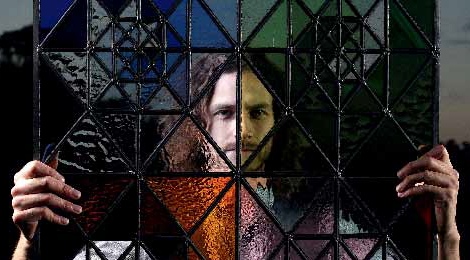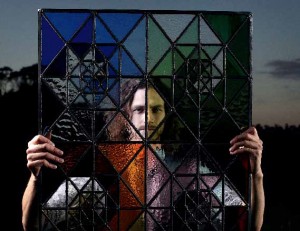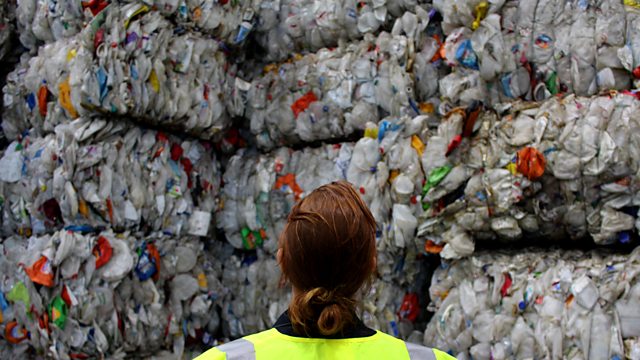These are not normally words that I associate with music, but coming from Wally De Backer they make sense.
The musician, also known as Gotye, is explaining how different frequencies appeal to different people. “I’ll put on something that I think is quite impressive and quite amazing and clever, but I can tell [friends] are just not responding to the frequency. There is some distorted guitar passage and they will be like: ‘Oh no, turn it off,’” he says. “It is all wrapped together: the collection of words, sounds and then the frequency and tonal choice you make with those sounds as a mix [in] the way that they overall emotionally hit you.”
De Backer certainly knew what he was doing with his recent single Somebody That I Used To Know. The whimsical tune about the demise of love went platinum, and took the former indie darling to mainstream audiences. It was the lead single from his highly anticipated third album Making Mirrors, an album he says he’s more satisfied with than his previous two releases. “I feel like I can stand behind all the lyrics on this album [and] I feel more proud that they have been able to capture what it was I was setting out to do.”
Five years in the making, the album also marks an evolution for De Backer, with more emphasis on instruments over samples. “Partly it’s setting myself a greater creative challenge to not use exactly the same process as on my last album and to not piggyback on other’s people’s creativity.” He wanted to create music other musicians would want to sample. “I wanted to try to make sounds that are as rich and exciting as the ones that jump out of old records to me that I feel like grabbing and doing something with. I want to see if I can be a good enough engineer or player or musician to make things that have that kind of spark.”
” I feel proud that
they have been able to capture
what it was I was setting out to do.”
The album debuted at two sold-out shows at the Sydney Opera House in August as part of the Graphic Festival. He jokes that he took part in the festival because they asked and it was an opportunity to play at the Opera House, but it also allowed him to continue his fascination with animation and the visual aspects of his music. “I already had the intention to make it as visually stimulating a show as I could for this new music, but the suggestion of being part of the festival and then having a small budget offered to specifically commission original pieces, that was all rosy.” Previous clips for songs like Learnalilgivinanlovin and Eyes Wide Open feature thought-provoking animations, and he says that the works premiered at the festival will also live on as clips for later singles.
With greater success comes greater demands and the man who used to send out his own CDs and respond to every email personally realises that the game has changed. “I wonder if I will actually feel a bit cut off from that, if I feel like I can’t allow myself to get too personal? Do I then have to become this withdrawn person with a facade around them?” he says. “That’s not why I got into doing music at all.” But he is trying to get used to it. “It just is what it is. It means the inevitable responses will be different and hipsters will think of me differently,” he laughs. Everyone else is finally catching on to what they already knew.
Published in Vogue Australia November 2011
WHY DON’T YOU READ:
The Temper Trap’s second album
Elizabeth Debicki talks Gatsby




